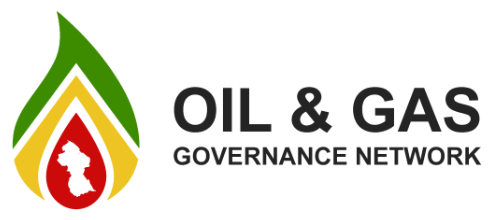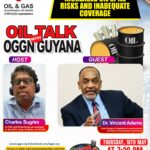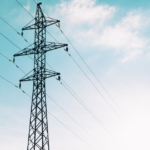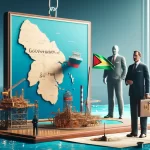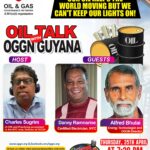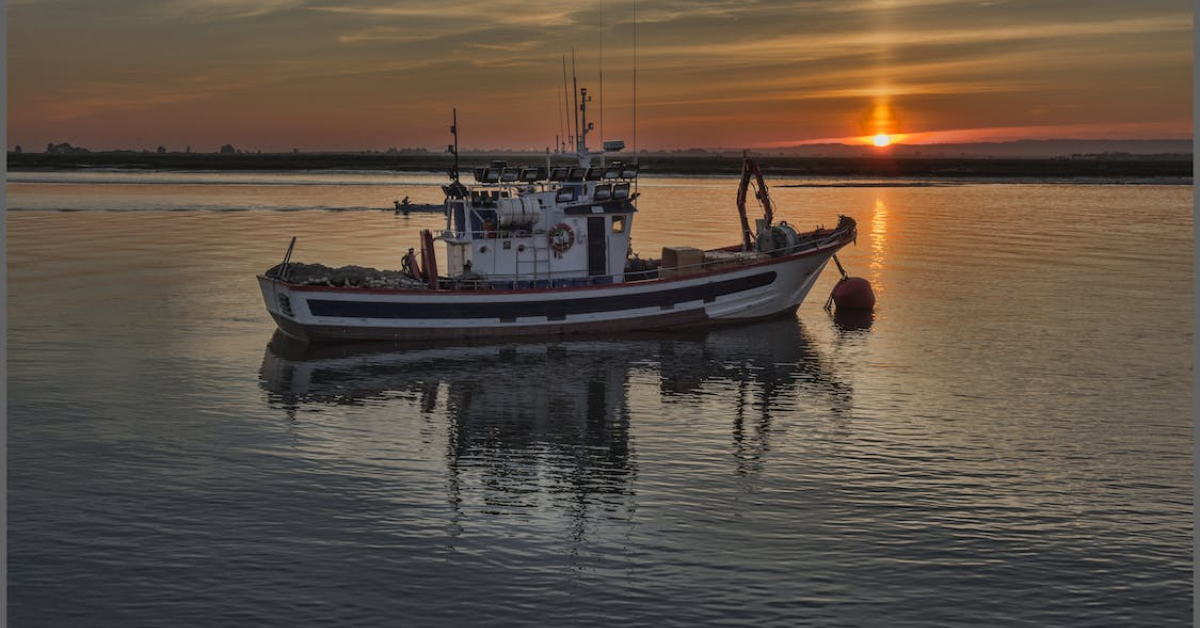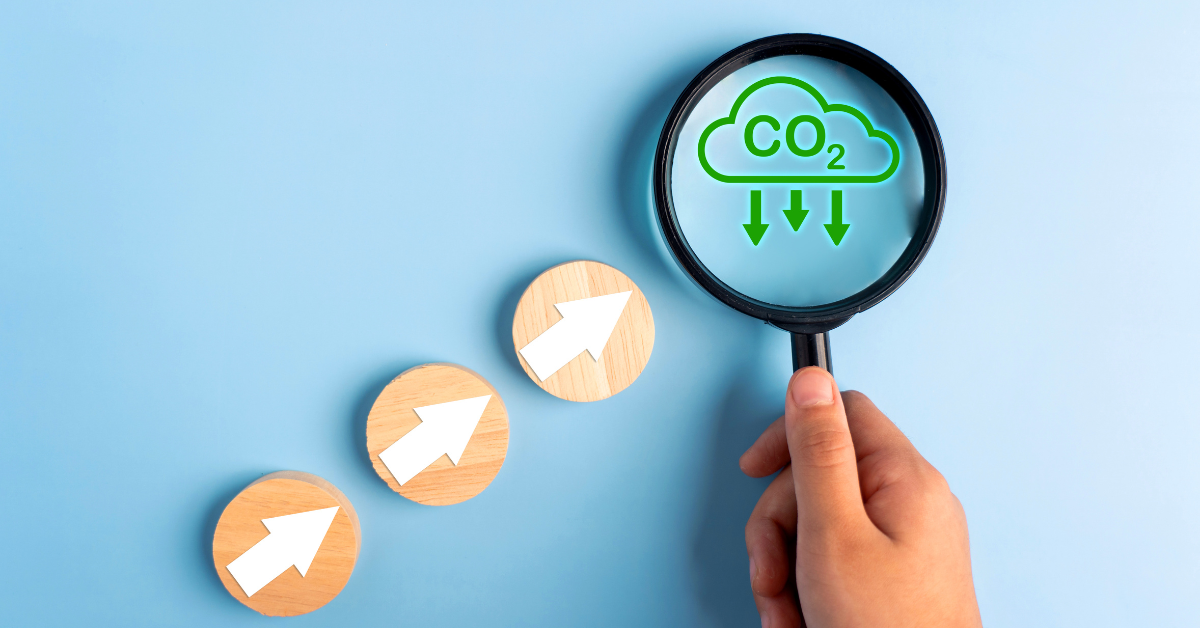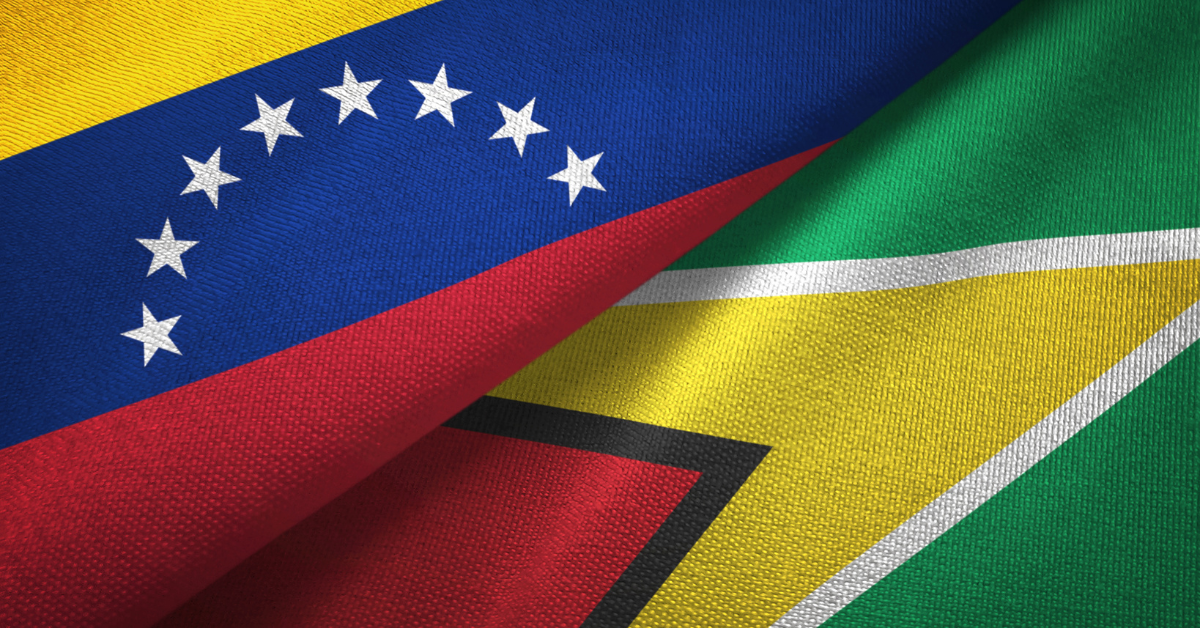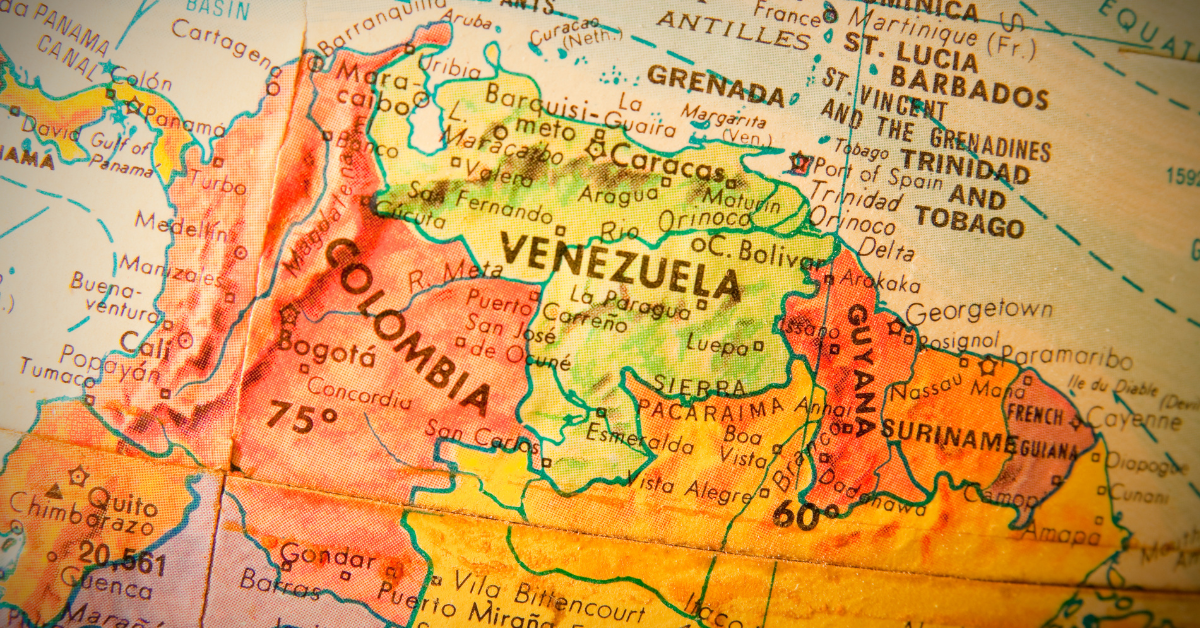Please allow me to respond to ExxonMobil Guyana’s Media Advisor, Kwesi Isles, who you quoted in your article ‘Surveys in Demerara River approved by EPA for pipeline works – Exxon’ in KN on March 01, 2023. I appreciate that the capital-intensive nature of the petroleum sector forces a ‘hurry, hurry’ approach, exacerbated in Guyana by the insistent call by Vice President Bharrat Jagdeo for even faster exploitation of the non-renewable offshore resource. The riskiness of this approach makes even more serious the continued illegality of the operations because of the absence of the full liability coverage required in the environmental permits issued by Guyana’s Environmental Protection Agency.
This illegality extends to the Gas-to-Energy project. The EPA permit issued on November 2022 (reference number 20210528, posted to the EPA website only on January 15 2023 and to the www.petroleum.gov.gy website on January 10 2023) requires in section 119 the provision of one or more legally binding agreements for full liability coverage by the parent company or affiliate companies. No such agreement has apparently been made.
Let us contrast the areas being placed off-limits by MARAD Notices to Mariners number 30 (2023) = 70 square nautical miles, and number 31 (2023) = 802 square nautical miles with the figure 9.1-22 Fishing points used by the La Grange onboard supervisor, page 9-46 of volume 1 of the EIA for the Gas-to-Energy project, November 2022. This figure also shows the fishing area used by just this one fisherman from La Grange, a port which had 22 registered artisanal boats (GY-EITI report for 2018). Clearly, the exclusions being imposed by MARAD to satisfy ExxonMobil greatly exceed the actual area required to trench for and lay the 12-inch diameter Gas-to-Energy pipeline which is described in the 3-volume EIA.
This EIA, prepared by the Environmental Resources Management consultancy and published in November 2022, has numerous references to fish:
Volume 1, main text, 1418 pages, 339 references to fish
Volume 2, appendices A to T, 2714 pages, 297 references to fish
Volume 3, management plans, 1886 pages, 180 references to fish.
One of the sub-contractors for the EIA, Earth & Marine Environmental Consultants – EAME, in appendix F (November 2021) of volume 2 of the EIA on page 1089, wrote that ‘the pipeline construction and operation may affect fishing in this zone …should be considered in any ESIA undertaken for the project’. Has that happened? In part, yes. Many pages in the main text, chapters 5 and 9 in volume 1 of the EIA, draw on data from previous EIAs for the Stabroek Tract licensed to EEPGL by the Production Sharing Agreement in 2016. These pages argue that the disruption to the fisheries around the estuary of the Demerara River will be mostly temporary and associated with the pipelaying work, but do not provide assurance from information from similar operations in other countries that effects of laying a 200-km pipeline on and in the sea bed will be only temporary.
The EIA recognises that there will be disruption and states that ‘EEPGL will establish a claims process to determine the appropriateness of compensation …’ (page 26 in Appendix T Stakeholder Comments of volume 2 of the EIA). This appendix T also writes that ‘The Consultants are aware of the challenges faced by the fishing sector’ (page 51). This seems to repeat a previous exercise: ‘Fishermen to meet over possible guidelines for ExxonMobil compensation’ (KN March 19, 2022).
Comment #120 (page 23 in Appendix T. Stakeholder Comments of volume 2 of the EIA) records this exchange:
“Q: Will fishermen that are excluded from the area around the pipeline be compensated for that loss?
Draft response: Should Project-specific impacts on fisherfolk or fishing grounds access occur, the appropriate compensation framework will be developed to address these Project-specific impacts. This will be developed under the advice of the Guyana Ministry of Agriculture Fisheries Department. Sections 9.1.5, 9.1.6, 15.2, and the ESMMP (Section 3.2.2.3) have been updated to include additional information provided in this response.”
So we could expect considerable attention to fishing and fishermen in the EPA’s environmental authorisation for the Gas-to-Energy project? What do we find? On both EPA and Petroleum websites we can find only fuzzy printings of this Permit – which cannot be word-searched. There are only two relevant sections 140 and 141:
“140. The Permit Holder shall augment the ongoing stakeholder engagement process (along with relevant authorities) to identify commercial cargo, commercial fishing, and subsistence fishing vessel operators who might not ordinarily receive Notices to Mariners and, where possible, communicate with them regarding major vessel movements. [my italics]
“141. The Permit Holder shall proactively engage with nearshore artisanal fisherfolk in advance of construction and advertise a cut-off date for all fisherfolk to remove fishing equipment from the nearshore Project Exclusion Zone.”
‘Where possible’? – a company earning around USD 20 million gross per day from the two FPSOs only needs to communicate with fishermen ‘where possible’? The Fisheries Department has the names and addresses of the boat owners when they annually register, and the names and locations of their customary fishing grounds. The Fisheries Department also has the names and addresses of every registered jackman or crewman. The Fisheries Department has the names and addresses of everyone who registered for the government COVID-related handouts to fisherfolk in 2022.
Why should we be appalled at the casual treatment of fisherfolk in this EPA-issued Permit? Coastlanders have one of the highest protein intakes from fish in any country, an average of 29.5 kg/person recorded by FAO in 2013, the last year surveyed. And there are about 15,000 fishermen (in 2014, according to EITI; https://www.gyeiti.org/fisheries). Exxon can contact every registered person and compensate each one. The number of fishermen is about the same as the number of GUYSUCO employees in 2015, so why should the fishermen be given less attention by the Government than the sugar workers?
And when can the excluded fishermen return to their traditional grounds after the pipelaying? Not a word in the EIA, not a word in the EPA Permit. Surely the Government can ensure that the fishermen are not simply ‘collateral damage’ to the oil companies and contractors?
Yours truly,
Janette Bulkan
